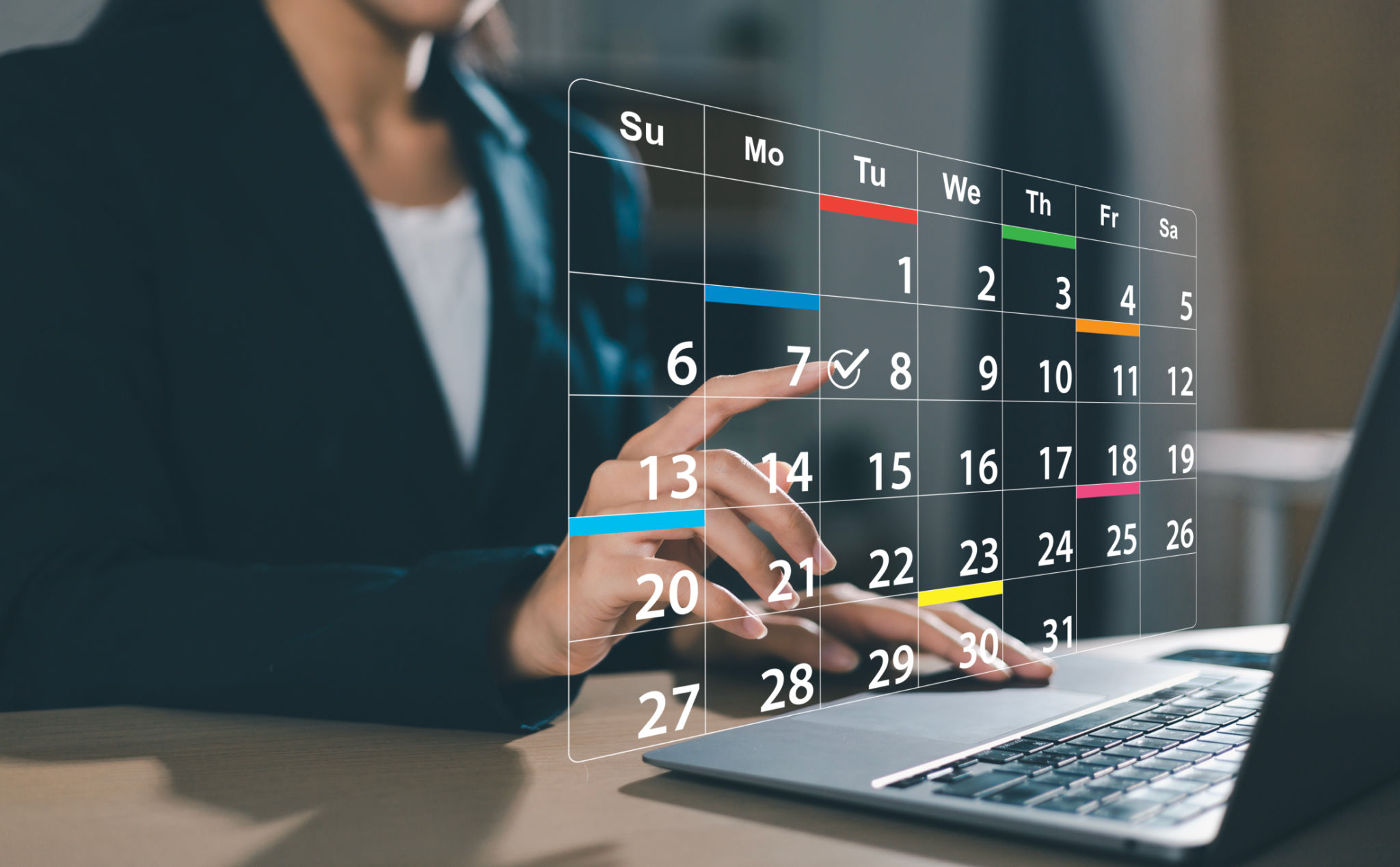Comprehensive Guide to Planning the Perfect Event with Utsavite
Understanding Your Event's Purpose
Every successful event starts with a clear understanding of its purpose. Before diving into logistics, it's crucial to identify the main goal of your event. Are you aiming to raise awareness, celebrate a milestone, or perhaps foster networking opportunities? Defining this will guide every subsequent decision and ensure your event aligns with its core objectives.
Once you've established your purpose, consider your target audience. Knowing who you're catering to will influence your marketing strategy, venue choice, and even the event's schedule. Audience analysis is essential in crafting an experience that resonates and engages effectively.

Setting a Realistic Budget
Budgeting is a cornerstone of event planning. Begin by outlining all potential expenses, from venue hire and catering to marketing and entertainment costs. It's wise to allocate a portion of your budget for unforeseen expenses, providing a financial cushion against unexpected changes.
Utsavite provides tools to help you track and manage these expenses efficiently. By keeping a detailed budget tracker, you can ensure that every dollar is well spent and adjust allocations as needed throughout the planning process.
Choosing the Perfect Venue
The venue can make or break an event. Consider factors such as location, capacity, amenities, and accessibility when choosing a site. It's essential to match the venue with the theme and purpose of your event. A corporate seminar might require a different setting than a casual networking event.

Additionally, visit potential venues in person. While online photos can provide a general idea, an in-person inspection allows you to assess the ambiance, sound quality, and logistics more accurately. This step is vital in ensuring your chosen venue aligns perfectly with your vision.
Crafting an Engaging Program
Once the basics are covered, focus on creating an engaging program. A well-structured agenda keeps attendees interested and enhances their overall experience. Include a mix of sessions, such as keynote speeches, panel discussions, and interactive activities, to cater to different preferences.
Don't forget to schedule breaks for networking and relaxation. These intervals are crucial for attendees to recharge and connect with one another, fostering a more interactive and memorable event experience.

Marketing Your Event Effectively
With Utsavite's integrated marketing tools, promoting your event becomes seamless. Start by leveraging social media platforms to generate buzz and reach your target audience. Create compelling content that highlights the event's unique aspects and encourages sharing among potential attendees.
Email marketing campaigns can also be effective in reaching a broader audience. Personalize your messages to make them relevant and engaging. Keep potential attendees informed about speakers, program highlights, and any special offers to maintain excitement leading up to the event.
Ensuring Flawless Execution
The day of the event is when all your hard work culminates. Assemble a team of reliable staff or volunteers who understand their roles clearly. Conduct a run-through prior to the event to iron out any logistical issues and ensure everyone is on the same page.
Utilize technology like Utsavite's event management software to keep track of registrations, manage attendee information, and communicate with your team in real time. This will help streamline operations and address any challenges that arise promptly.

Gathering Feedback for Future Improvement
Post-event analysis is crucial for continuous improvement. Gather feedback from attendees through surveys or feedback forms distributed at the end of the event. This information is invaluable in identifying what worked well and what areas need enhancement.
Utsavite offers analytics tools that help you track engagement rates, attendance numbers, and participant satisfaction levels. Use this data to refine your strategies for future events, ensuring each one is better than the last.
